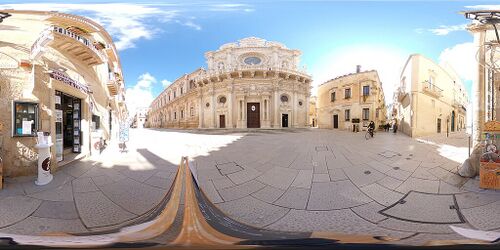Typical Applications
| Image Stitching for NVIDIA®Jetson™ |
|---|

|
| Before Starting |
| Image Stitching Basics |
| Overview |
| Getting Started |
| User Guide |
| Resources |
| Examples |
| Spherical Video |
| Performance |
| Contact Us |
Panoramic Image Stitching Applications
Image stitching is present in a variety of applications like panoramic photography, science, medicine, and security, among others. In landscapes and ecosystems, panoramic images offer an immersive and detailed visual experience of the natural environment captured; also, with a wider view, ecosystems can be monitored and studied.

The field of astronomy uses panoramic images to observe and study larger areas of the sky and detect celestial objects that in narrow images cannot be detected. In the security field, panoramic images can provide a view of combined angles to allow a wider view of a site and improve detection and responses to events or incidents. Also, panoramic images are used in medicine in medical imaging such as CT and MRI scans. The objective is to generate panoramic images of organs and tissues to improve the studies, diagnoses, and detailed planning of surgical procedures.
360 Image Stitching Applications
360-degree videos offer an immersive experience, resulting in innovative applications in a variety of industries. One of the most popular nowadays is virtual reality, which allows users to explore virtual environments by transporting them to remote locations. This technology can be used in entertainment and education.
There are other applications, like in tourism and architecture, where 360 videos are used to present tourist destinations, as well as to explore new places, properties, buildings, or houses. These kinds of images and videos offer an immersive and detailed view of the complete panorama of a place.

Image stitching of a 360 field of view is also used in cars, specifically in the advanced driver assistance systems (ADAS). This technology provides drivers with a real-time perspective of the surroundings of the vehicle, providing functions such as blind spot monitoring, parking assistance, object and pedestrian detection, and navigation assistance. The use of these functions allows drivers to reduce accidents and promote safer driving.



